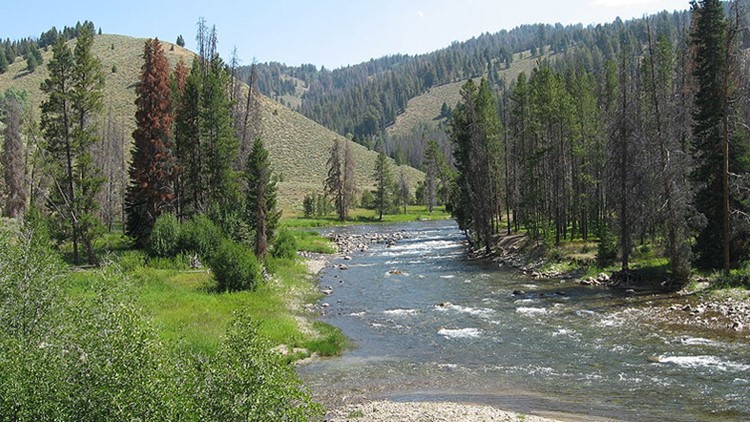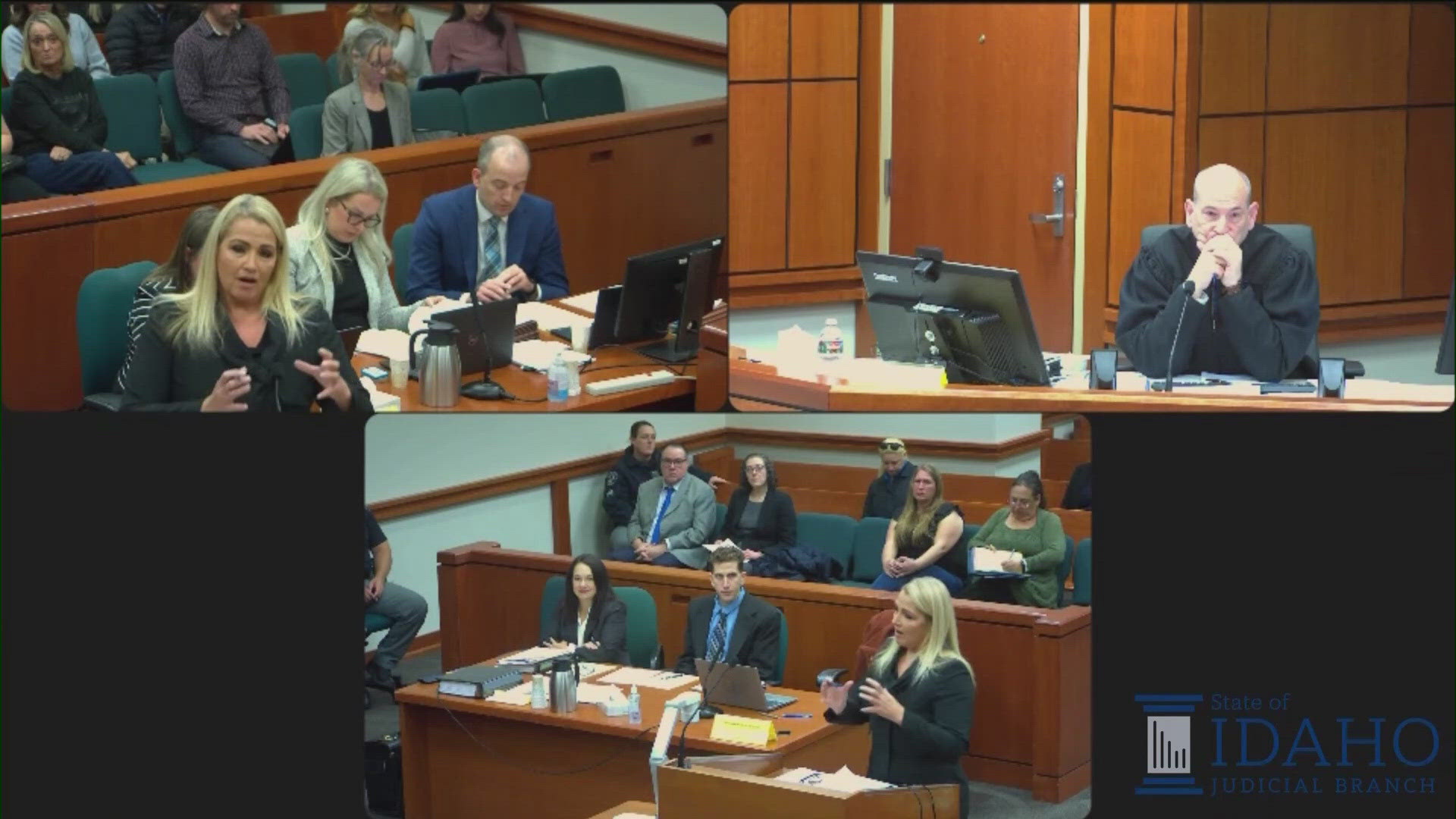BOISE, Idaho — The Nez Perce Tribe has filed a lawsuit to force a Canadian company to clean up an idle central Idaho mining area — which the company says it plans to do if it gets approval from U.S. officials to restart mining at the site.
The tribe contends in the federal lawsuit filed Thursday that British Columbia-based Midas Gold is illegally allowing arsenic, cyanide and mercury to remain in the area where the tribe has had hunting and fishing rights since an 1855 treaty with the U.S.
Midas Gold itself has never mined in the area about 40 miles east of McCall, but in the past decade has acquired existing mining claims and developed a plan it says will clean up the mess left by a century of mining by other companies.
The tribe in the lawsuit said it's time for the company to act.
"The reality is that Midas Gold has worked on and studied the project site since 2009, but has not taken action to address the existing sources of pollution at the proposed project site," Shannon Wheeler, chairman of the Nez Perce Tribal Executive Committee, said in a statement.
The tribe is suing under the citizen enforcement provision of the federal Clean Water Act, which prohibits a company from polluting waters unless it has an appropriate federal permit. The tribe says Midas Gold is violating the law by allowing discharge from previous mining efforts to pollute the area without that permit.
"It is unfortunate that we are now adversaries in litigation instead of partners in restoration," said Laurel Sayer, CEO of Midas Gold Idaho, a Midas Gold subsidiary. "We agree there is a problem, but a far better path would be for the Tribe to spend its energy and resources working with us on a solution rather than filing lawsuits."
The company has said the area in the headwaters of the South Fork of the Salmon River contains an estimated 4 million ounces of gold.
Mining there dates back more than a century and has left two open pits, including one that is now filled with water that has been blocking a salmon and steelhead spawning stream since the 1930s.
The site also has extensive tailings left from mining operations that are the source of elevated levels of arsenic.
The U.S. Environmental Protection Agency has spent $4 million since the 1990s trying to clean up the area.
"While we agree the site needs immediate attention to clean up the damage of the past, make no mistake - the problems outlined in this lawsuit were not caused by Midas Gold," Sayer said.
Midas Gold has said modern mining makes reopening the pits economically feasible. The company said it would process spent tailings at the site to recover gold missed by previous miners, eliminating that source of pollution.
In 2016, Midas Gold Idaho submitted plans to the U.S. Forest Service to occupy and use forest lands for an open-pit gold mine and ore processing facilities. The company said it will clean up the site if its plan is approved by federal authorities.
Officials are in the process of analyzing the company's plan as part of an environmental review and permitting process.



